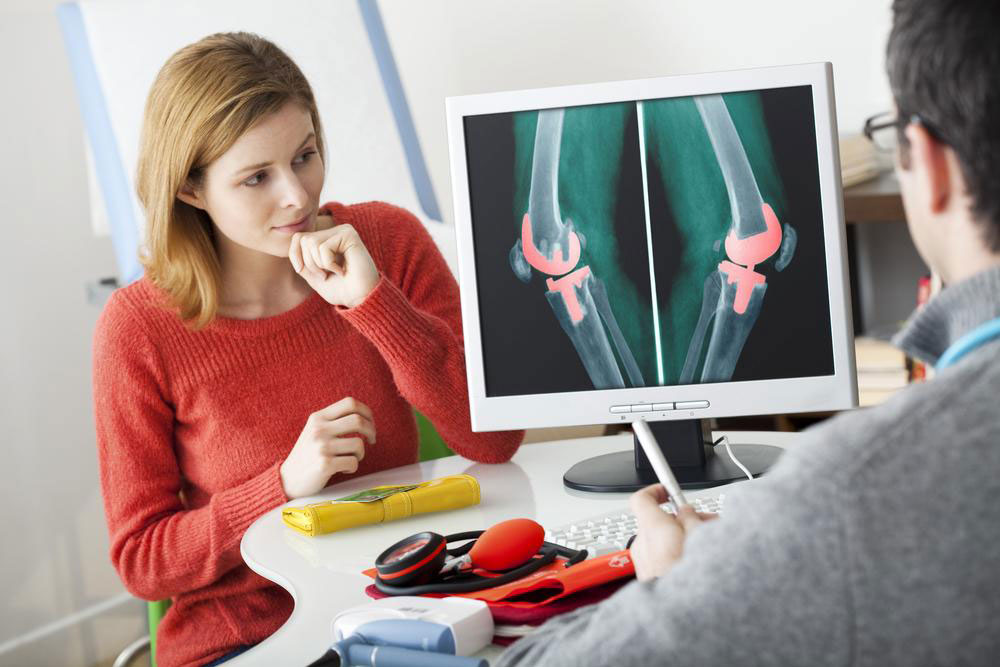Revolutionary Advances Reshaping Orthopedic Surgery in the Modern Era
Orthopedic surgery has seen transformative innovations, including the development of Bone Morphogenetic Proteins for bone regeneration, sophisticated joint prostheses with improved materials and fixation techniques, and the revolutionary use of 3D printing technology. These advancements enhance surgical precision, promote biological healing, and enable personalized treatments, marking a new era in musculoskeletal healthcare. From biological therapies to customized implants and tissue engineering, these breakthroughs are shaping the future of orthopedics, offering patients safer, more effective, and longer-lasting solutions for bone and joint restoration.

Revolutionary Advances Reshaping Orthopedic Surgery in the Modern Era
Orthopedic medicine has undergone a remarkable transformation over the past several decades, driven by innovative research, technological breakthroughs, and emerging treatment methodologies. From early experimental techniques to sophisticated surgical procedures, the field continues to advance at an unprecedented pace. These innovations not only improve patient outcomes but also expand the possibilities for treating complex musculoskeletal conditions that were once considered intractable. Understanding the evolution of orthopedic surgery reveals how science and technology are jointly pushing the boundaries of healthcare.
One of the most significant milestones in orthopedic advancements was the discovery and development of Bone Morphogenetic Proteins (BMP). Initially identified in the 1960s, BMPs are a group of growth factors essential for bone regeneration and healing. Dr. Marshall Urist's pioneering work in 1965 established that decalcified bone matrix could stimulate new bone formation, opening the door for biological solutions in orthopedics. Over the subsequent decades, extensive research focused on harnessing BMPs for therapeutic purposes. The Food and Drug Administration (FDA) approved the first BMP-based treatment in 1975, specifically for repairing long bones that failed to heal properly, known as non-union fractures. This breakthrough led to the development of recombinant human BMP-2 (rhBMP-2), which gained approval in 2002 for single-level spinal fusion surgeries, revolutionizing spinal reconstructive procedures.
Following these initial approvals, further innovations emerged. The FDA also authorized Osteogenic Protein 1 (OP-1), also known as BMP-7, for spinal fusion, broadening the range of biological options available to orthopedic surgeons. Additionally, rhBMP-2 has been utilized successfully in treating acute tibial fractures, providing a biologically based alternative to traditional fixation techniques. These advancements have fundamentally changed how complex fractures and challenging non-union cases are approached, offering more reliable healing pathways and reducing the need for multiple surgeries. The integration of BMP technology symbolizes a major leap toward regenerative medicine in orthopedics, emphasizing biological enhancement over purely mechanical solutions.
Evolution of Joint Prostheses and Implants
Joint replacement surgeries, especially hip and knee arthroplasties, have become routine yet continuously evolving procedures. Modern prosthetic joint designs face several persistent challenges, including the risk of postoperative infections, material wear and degradation, implant displacement, and corrosion. Early designs primarily used metal-on-metal components; however, these materials sometimes caused adverse reactions and mechanical failures over time. The industry transitioned to alternative materials like ultra-high molecular weight polyethylene and ceramic components, each iteration addressing specific issues but also introducing new concerns.
Initially, fixation of prostheses to the bone relied heavily on cementing techniques, which provided immediate stability but sometimes resulted in long-term loosening. Recent advances have prioritized cementless fixation methods, which promote biological integration through porous coatings that encourage bone ingrowth. Computer-assisted surgical systems have further refined implant placement, enhancing the precision of alignment, which is crucial for prosthesis longevity and function. The pioneering design of the 'Charnley hip' by Dr. John Charnley utilized ultra-high molecular weight polyethylene to create more durable and biocompatible joint surfaces. Despite these improvements, wear debris remains a concern, as tiny particles can trigger osteolysis—a process that leads to bone loss around the implant and eventual failure.
To combat these issues, ongoing research focuses on developing more wear-resistant materials and surface coatings. The integration of advanced imaging and computer navigation ensures optimal implant positioning, increasing durability and patient satisfaction. These technological improvements aim to extend the lifespan of joint replacements, reduce revision surgeries, and improve overall functional outcomes.
The Role of 3D Printing in Orthopedic Innovation
The advent of 3D printing technology has unlocked new possibilities in orthopedic surgery, enabling the creation of patient-specific implants tailored precisely to individual anatomies. This customization enhances the fit, reduces surgical time, and improves postoperative results. Surgeons can now design and produce complex geometries that perfectly match the unique structure of each patient's bones and joints, leading to more natural movement and reduced risk of complications.
Beyond implants, 3D printing is also revolutionizing surgical planning and instrumentation. Surgeons can print accurate models of complex fractures or deformities, facilitating preoperative planning and simulation. Innovative research, such as Jacob Klein's work at the Weizmann Institute, explores cartilage-like layers created through molecular engineering techniques. These bioengineered materials mimic natural cartilage properties and outperform traditional synthetic tissues under pressure, promising a new era of tissue regeneration and repair.
Moreover, 3D-printed scaffolds infused with stem cells and growth factors are under development to stimulate endogenous tissue regeneration. As this technology matures, it will significantly enhance regenerative strategies for cartilage, bone, and complex musculoskeletal wounds. Overall, 3D printing is poised to redefine orthopedic treatment paradigms by enabling personalized, minimally invasive, and biologically integrative solutions, promising better patient outcomes and faster recoveries.





